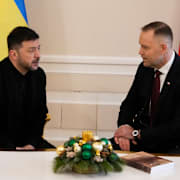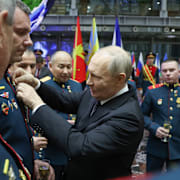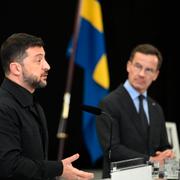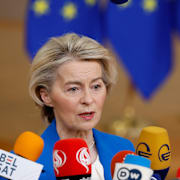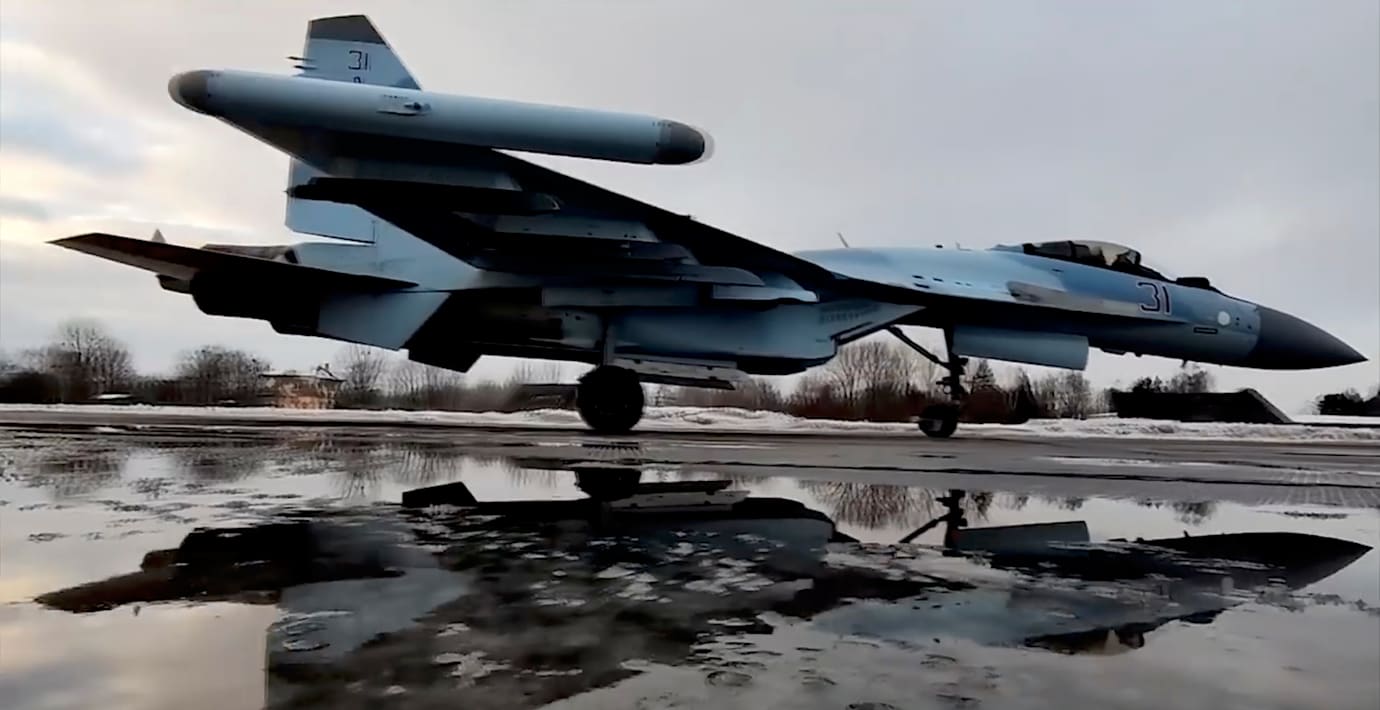
Estland första Natoland att ställa sig bakom Zelenskyjs vädjan om flygförbud
Estlands parlament vill att FN ska upprätta en så kallad ”no-fly zone” över Ukraina. Det skriver parlamentet i ett pressmeddelande som skrivits under av president Jüri Ratas.
De menar att ett flygförbud över landet skulle minska antalet civila offer i kriget.
Ukrainas president Volodymyr Zelenskyj har flera gånger vädjat om att ett sådant förbud borde införas. Estland blir det första Natolandet att ställa sig bakom Zelenskyjs vädjan.
Estland vill också att fler sanktioner ska riktas mot Ryssland och att Ukraina ska få status som ett kandidatland av EU så snabbt som möjligt.
bakgrund
No-fly zone
Wikipedia (en)
A no-fly zone, also known as a no-flight zone (NFZ), or air exclusion zone (AEZ), is a territory or area established by a military power over which certain aircraft are not permitted to fly. Such zones are usually set up in an enemy power's territory during a conflict, similar in concept to an aerial demilitarized zone, and usually intend to prohibit the enemy's military aircraft from operating in the region. Military action is employed by the enforcing state and, depending on the terms of the NFZ, may include preemptive attacks to prevent potential violations, reactive force targeted at violating aircraft, or surveillance with no use of force. Air exclusion zones and anti-aircraft defences are sometimes set up in a civilian context, for example to protect sensitive locations, or events such as the 2012 London Olympic Games, against terrorist air attack.
No-fly zones are a modern phenomenon established in the 1990s. They can be distinguished from traditional air power missions by their coercive appropriation of another nation's airspace only, to achieve aims on the ground within the target nation. While the RAF conducted prototypical air control operations over various contentious colonies between the two World Wars, no-fly zones did not assume their modern form until the end of the Gulf War in 1991.During the Cold War, the risk of local conflict escalating into nuclear showdown made military intervention as a tool of U.S. statecraft unappealing. Furthermore, air power was a relatively blunt instrument until the operational maturation of stealth and precision-strike technologies. Before the Gulf War of 1991, it had not been possible to perform nuanced attacks against transitory, difficult-to-reach targets, and air power thus lacked the ability to produce decisive political effects short of total war. However, the demise of the Soviet Union and technological advances in aerospace capabilities made no-fly zones viable in both political and military contexts.
Omni är politiskt obundna och oberoende. Vi strävar efter att ge fler perspektiv på nyheterna. Har du frågor eller synpunkter kring vår rapportering? Kontakta redaktionen
